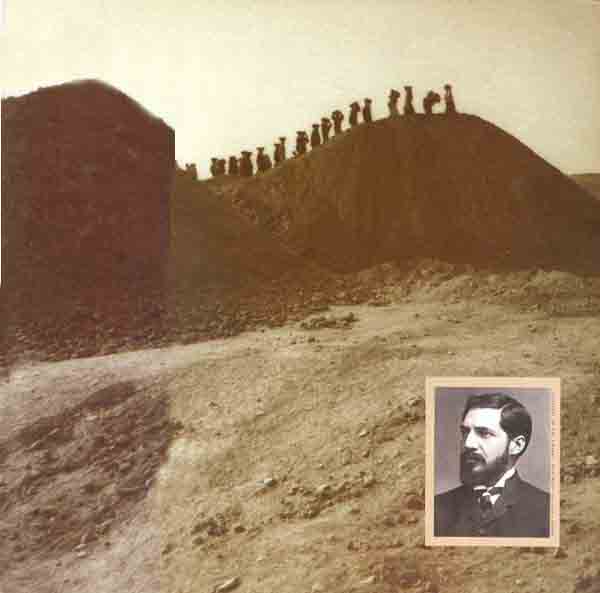Image Details

Courtesy of the Matson Collection, Episcopal Home/Inset courtesy of the Library, University College London
In eerie procession, women file across the crest of Beth-Shemesh, balancing baskets of dirt on their heads on their way from the excavation site to the dump. Local laborers filled the work rosters of early archaeological digs, like this one conducted from 1928 to 1933 by Elihu Grant of the Haverford Expedition and that conducted by Sir William Flinders Petrie (inset) at Tell el-Hesi in the 1890s.
Today, volunteers do much of the dirty work—but under different conditions. They attend lectures at the dig, receive college credit, take tours of other sites, wash and record sherds and become respected partners on the team. The increased participation of trained, enthusiastic volunteers in archaeology has greatly enhanced the field and has helped make it a more scientific discipline. Unpaid workers keep costs down, make excavation reports more accurate and ensure a future supply of skilled interpreters of ancient data.
